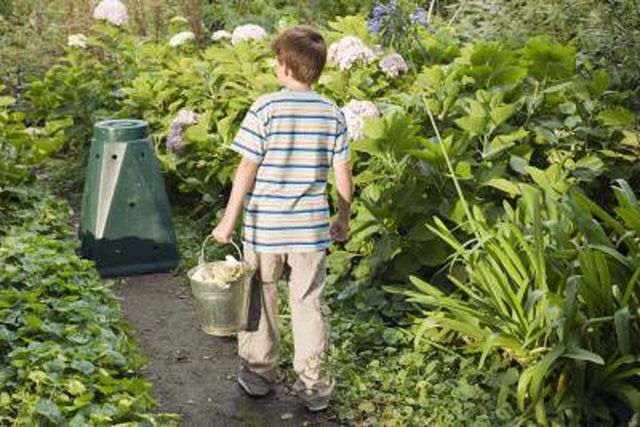Bulbs
Flower Basics
Flower Beds & Specialty Gardens
Flower Garden
Garden Furniture
Garden Gnomes
Garden Seeds
Garden Sheds
Garden Statues
Garden Tools & Supplies
Gardening Basics
Green & Organic
Groundcovers & Vines
Growing Annuals
Growing Basil
Growing Beans
Growing Berries
Growing Blueberries
Growing Cactus
Growing Corn
Growing Cotton
Growing Edibles
Growing Flowers
Growing Garlic
Growing Grapes
Growing Grass
Growing Herbs
Growing Jasmine
Growing Mint
Growing Mushrooms
Orchids
Growing Peanuts
Growing Perennials
Growing Plants
Growing Rosemary
Growing Roses
Growing Strawberries
Growing Sunflowers
Growing Thyme
Growing Tomatoes
Growing Tulips
Growing Vegetables
Herb Basics
Herb Garden
Indoor Growing
Landscaping Basics
Landscaping Patios
Landscaping Plants
Landscaping Shrubs
Landscaping Trees
Landscaping Walks & Pathways
Lawn Basics
Lawn Maintenance
Lawn Mowers
Lawn Ornaments
Lawn Planting
Lawn Tools
Outdoor Growing
Overall Landscape Planning
Pests, Weeds & Problems
Plant Basics
Rock Garden
Rose Garden
Shrubs
Soil
Specialty Gardens
Trees
Vegetable Garden
Yard Maintenance
How to Use Juicing Pulp As Compost
How to Use Juicing Pulp As Compost. Juicing is separating the juice of a fruit, vegetable or herb from the solid part or pulp, which contains the fiber or fibrous tissue. After a fruit or vegetable has been juiced, the pulp is usually just thrown into the trash and never thought about again. This pulp, however, can be used to make all-natural...

Juicing is separating the juice of a fruit, vegetable or herb from the solid part or pulp, which contains the fiber or fibrous tissue. After a fruit or vegetable has been juiced, the pulp is usually just thrown into the trash and never thought about again. This pulp, however, can be used to make all-natural compost for the garden. Researchers have shown that using an all-natural or organic compost can improve the health and growth of garden plants.
Things You'll Need
Juicing pulp
Peelings and cores
Dead leaves and twigs
Water
Tiller
Place juicing pulp outdoors in a large pile about 3 to 4 feet cubic feet. Add any peelings or cores from fruits or vegetables, even dead leaves and twigs. When making compost it is important to have a balanced (1 to 1) mixture of both brown and green materials. The brown supplies carbon and the green supplies nitrogen, both of which are needed in the composting process.
Add water to the compost pile until it becomes the consistency of a wrung-out sponge. Moisture is critical to the decomposing process of the compost, but if the compost becomes too wet, turn the pile over or mix in some brown materials to help dry it out.
Allow the compost pile to sit for approximately two weeks. Then turn the compost pile over with a shovel and bring material from the outer edges toward the center. Turn the pile every two to four weeks. Depending on the time of the year, compost is usually done in three to four months. If making compost in the winter months, stop turning the compost after November so that heat doesn’t escape from the center of the pile.
Spread the compost over the soil to be used for gardening. Till the soil of the garden at least 6 inches deep to incorporate compost into it. Plant your garden as usual. The compost also may be used as mulch around trees, flowers or landscaping.